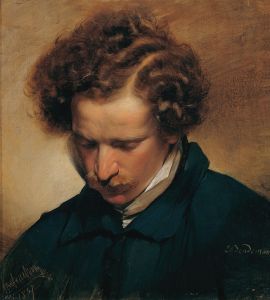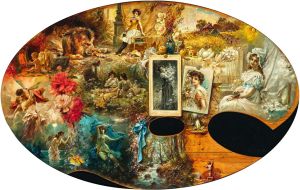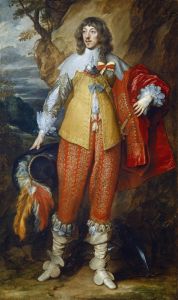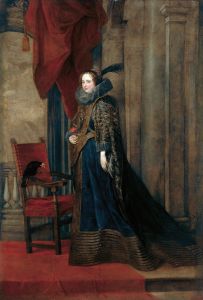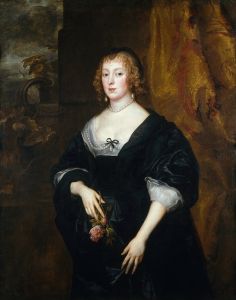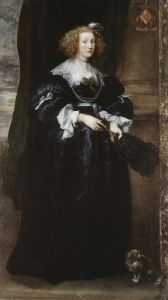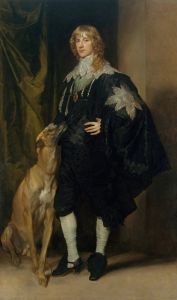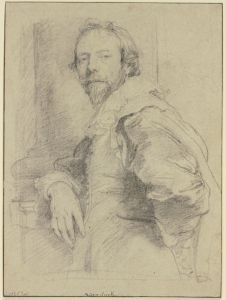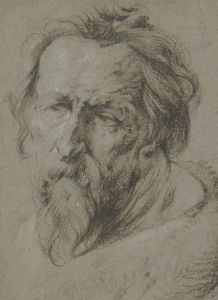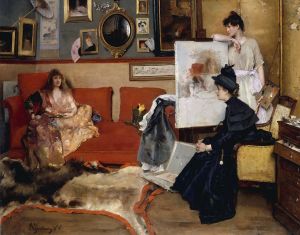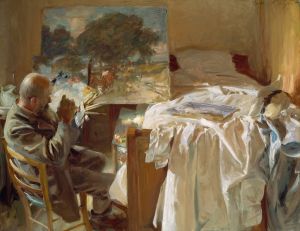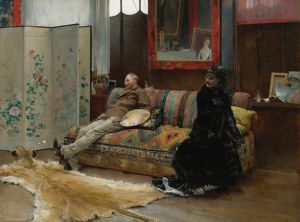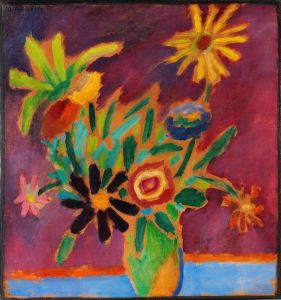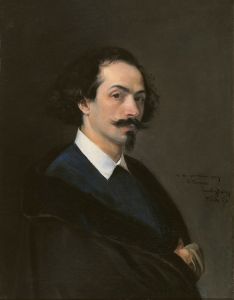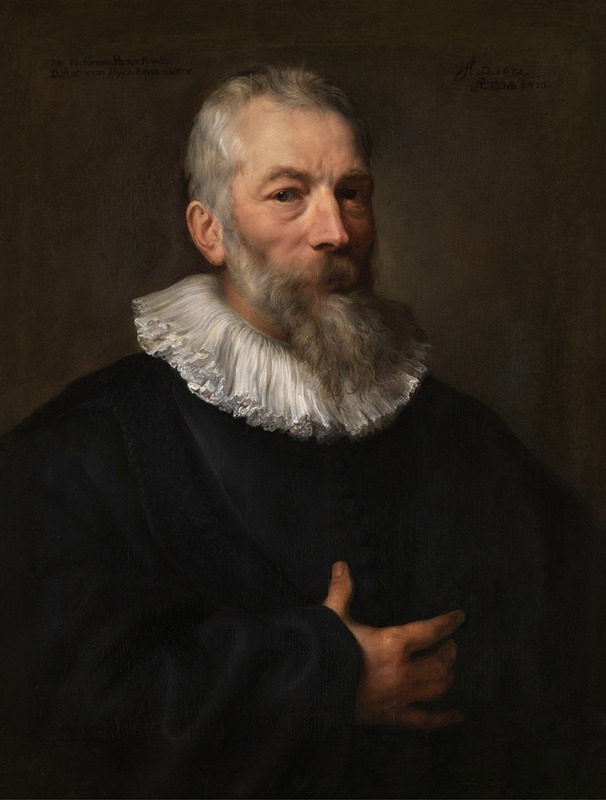
The Painter Marten Pepijn
A hand-painted replica of Anthony van Dyck’s masterpiece The Painter Marten Pepijn, meticulously crafted by professional artists to capture the true essence of the original. Each piece is created with museum-quality canvas and rare mineral pigments, carefully painted by experienced artists with delicate brushstrokes and rich, layered colors to perfectly recreate the texture of the original artwork. Unlike machine-printed reproductions, this hand-painted version brings the painting to life, infused with the artist’s emotions and skill in every stroke. Whether for personal collection or home decoration, it instantly elevates the artistic atmosphere of any space.
Anthony van Dyck, a prominent Flemish Baroque artist, is renowned for his portraits that capture the essence and stature of his subjects with remarkable elegance and detail. One of his notable works is "The Painter Marten Pepijn," a portrait that exemplifies van Dyck's skill in portraying fellow artists and contemporaries.
Marten Pepijn was a Flemish painter born in 1575 in Antwerp, where he spent most of his life. He was known for his religious and historical paintings, and he became a master in the Guild of Saint Luke in Antwerp in 1600. Pepijn's work was characterized by its adherence to the traditional Flemish style, and he was an influential figure in the artistic community of Antwerp during his time.
Anthony van Dyck painted "The Painter Marten Pepijn" during a period when he was actively engaged in creating portraits of notable figures in the artistic and social circles of Flanders. Van Dyck was a student of Peter Paul Rubens, and his work was heavily influenced by Rubens' dynamic compositions and rich color palettes. However, van Dyck developed his own distinctive style, marked by a refined elegance and a focus on the psychological depth of his subjects.
In "The Painter Marten Pepijn," van Dyck captures Pepijn with a sense of dignity and introspection. The portrait is a testament to van Dyck's ability to convey the personality and status of his subjects through subtle details and expressions. The painting likely served both as a tribute to Pepijn's contributions to the art world and as a reflection of van Dyck's respect for his fellow artist.
The composition of the portrait is typical of van Dyck's style, with a focus on the sitter's face and upper body, set against a neutral background that emphasizes the subject's features. Van Dyck's use of light and shadow adds depth to the portrait, highlighting Pepijn's thoughtful expression and the textures of his clothing. The painting demonstrates van Dyck's mastery of capturing the nuances of human expression and his ability to create a sense of presence and immediacy in his portraits.
"The Painter Marten Pepijn" is part of van Dyck's broader body of work that includes portraits of many prominent figures of his time, including nobility, fellow artists, and patrons. These portraits not only served as personal mementos for the subjects but also as a means for van Dyck to showcase his artistic prowess and secure commissions from influential clients.
Today, Anthony van Dyck is celebrated as one of the leading portraitists of the 17th century, and his works continue to be studied and admired for their technical brilliance and emotional depth. "The Painter Marten Pepijn" remains an important piece within van Dyck's oeuvre, offering insight into the artistic community of Antwerp and the relationships between artists during the Baroque period.





